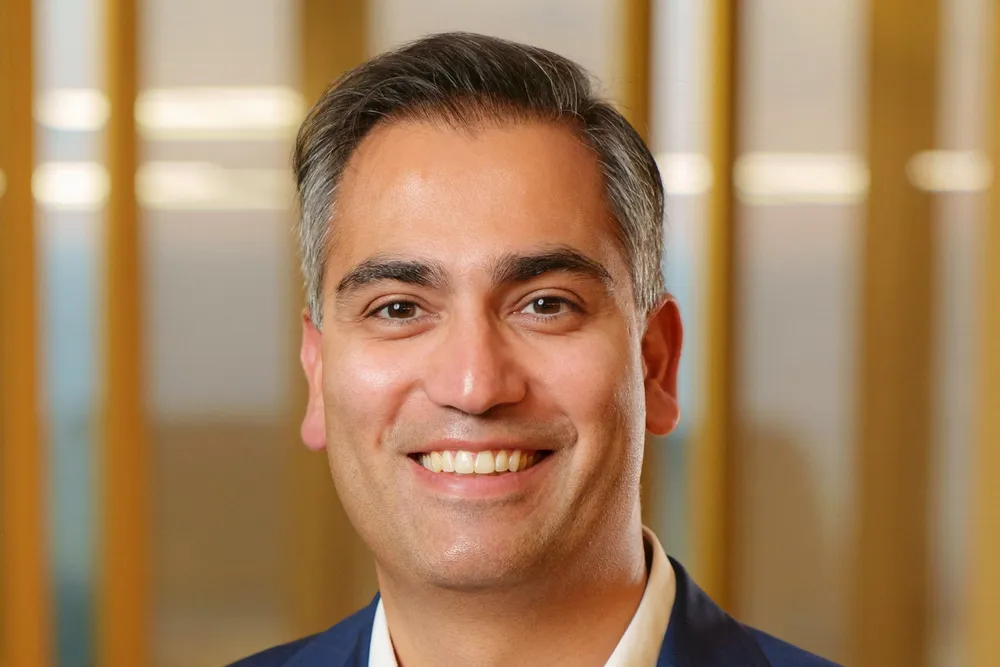'The Global South's energy transition is at risk without a rethink on catastrophe insurance'
OPINION | Insurers’ ‘business as usual’ approaches to natural catastrophe risk cover threatens real, long-term progress in clean energy project development in the Global South, argues Jatin Sharma

The Global South is adopting clean energy technology faster than the Global North, according to a recent Rocky Mountain Institute report. Brazil, Egypt and Vietnam, amongst others, have now overtaken countries in the Global North in terms of share of solar and wind in electricity generation.
While this is encouraging there are hurdles that remain to increasing the pace of this shift. Overcoming some of these will lie in the detail of reformed multilateral funding, concessional finance and technology transfer.
But global energy infrastructure faces increasing risks from extreme weather events. In the Global South, where countries experience significantly more natural catastrophes, the long-term financing of clean energy development is contingent on the transfer of this risk to insurers.
Riskier projects mean more expensive insurance and borrowing costs, higher project build and maintenance costs, culminating in a higher levelised cost of energy – something least affordable by populations in emerging economies.
Insurance premiums for renewable energy projects in hurricane prone areas can be 25 -50% higher than in less risky zones coupled with sub-limited coverage and higher deductibles. Projects exposed to multiple natural catastrophe (Nat Cat) perils – named windstorm, earthquake, flood, wildfire – face more punitive pricing and terms.
Yet lenders and investors will expect owners of renewable energy projects to secure insurance pricing and terms for the construction period and the first year of project operations, before releasing funds. These terms will have to meet the banks’ expectations with respect to limits, deductibles and pricing.
If natural catastrophe sub-limits are too low, a bank will be uncomfortable with its potential liability in the event of a natural catastrophe strike. High deductibles harm a bank’s confidence that a borrower will have access to enough cash to cover the shortfall in a claim.
Most insurers misunderstand the impact of high premiums on bankable insurance, particularly during operations. After incorporating the annual premium (and taxes) into operating expenses, lenders will stress test a borrower’s net operating income and its ability to service the proposed debt.
Exorbitant premiums can cause a bank to reduce the amount it is willing to lend (in order to preserve a desired debt service coverage ratio). Reducing the amount a project owner (typically a special purpose vehicle) can borrow, means more equity is required. Equity is more expensive than debt meaning leveraged project returns worsen. If it drops below the hurdle rate, the project will be postponed or cancelled.
But, recent (and historic) global claims from natural catastrophe events have caused some insurers to withdraw from providing natural catastrophe cover, tightening the supply of insurance capital (in market parlance: a ‘hardening’) and driving the higher premiums.
Swiss Re estimates the damage from natural catastrophe events to be $42bn worldwide in the first half of 2024 alone – it’s likely to at least double once the impact of recent hurricanes in the US are included. Specific to the energy transition, insurers are bewildered from total losses to utility-scale solar projects in southern locations that models describe as benign, further dampening competitive support for projects in the emerging markets.
Re-thinking Nat Cat for the Global South
Historically, when there has been high demand for insurance solutions, but limited underwriting capacity, the industry has innovated through securitisation – such as parametric insurance, or Catastrophe Bonds, which pay out only when a specific trigger or threshold is met (such as wind speed or amount of rainfall).
However, these instruments tend to favour well-established regions where precise and comprehensive weather data is readily available, leaving emerging markets in the Global South, where data infrastructure is weaker, at a disadvantage.
Moreover, the triggers for payout may not always align with actual losses on the ground, leading to under-compensation or even leaving projects with no payout at all despite suffering significant damage.
But the market choice for independent power producers (IPPs) building projects in the Global South doesn’t have to be between limited financial instruments, or highly expensive, and narrow cover.
From Nardac’s recent experience in supporting Caribbean projects, and utility solar in Texas, effective risk transfer and lender-compliant cover is still achievable by focusing underwriting options at a more bespoke level, such as through multi-layered policies that pool risks across a wider area to make coverage more affordable. Similarly, options such as deductible buy downs can support IPPs in ensuring they have enough protection for project debt, while keeping deductibles cost effective.
For projects in territories with the highest risk of natural peril, there are still ways forward. Despite constrained Nat Cat capacity from renewable energy underwriters, new insurance capital continues to enter the marketplace, which will likely value a portfolio approach to projects risks – selling transfer in high-risk regions but setting it against diversity in location and technology.
Lastly, the pace of technological change such as satellite remote monitoring combined with machine learning will enable underwriters to make sharper risk assessments, and price premiums more accurately.
Plotting a path forward
The Global South represents a huge opportunity to build out low carbon power, but if the costs of additional Nat Cat insurance are deemed too expensive for IPPs to consider for project development, then risk transfer, and associated liabilities, will have to be borne elsewhere – either through development aid programmes, or multilateral development bank financing. These financing channels, however, are at risk from political change, expose taxpayers to direct risk where insurance cover is inadequate, and extended development timelines.
But by looking at broader, less conventional approaches to risk placement, insurers, conversely, can move swiftly keeping the momentum for clean energy development where it is needed most.
- Jatin Sharma is managing partner at Nardac